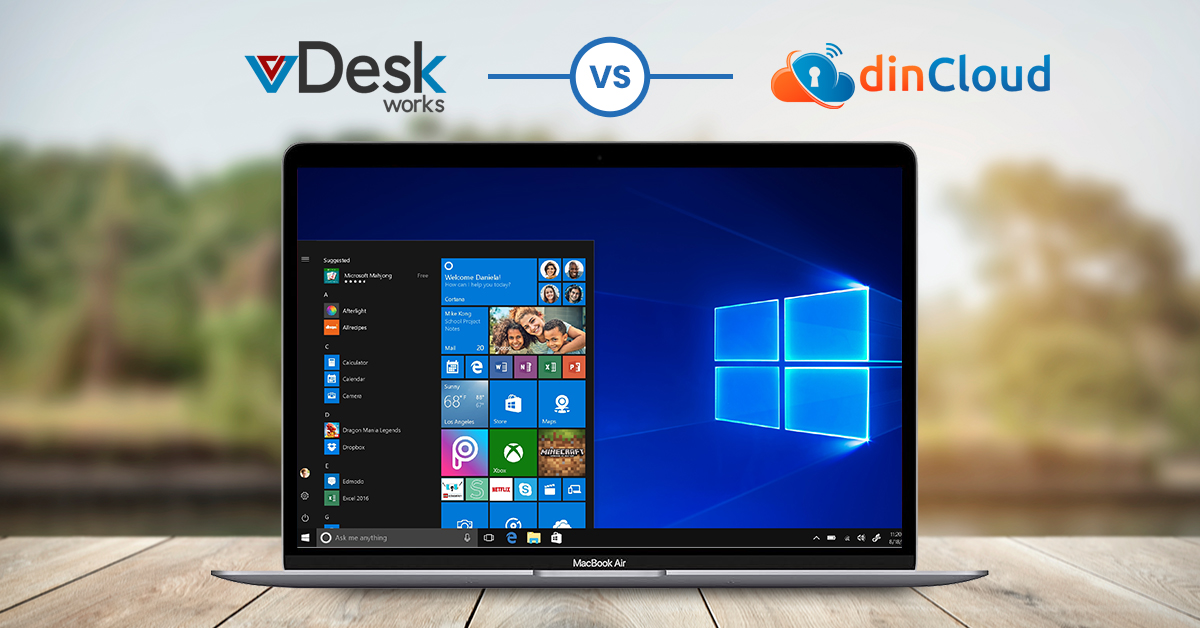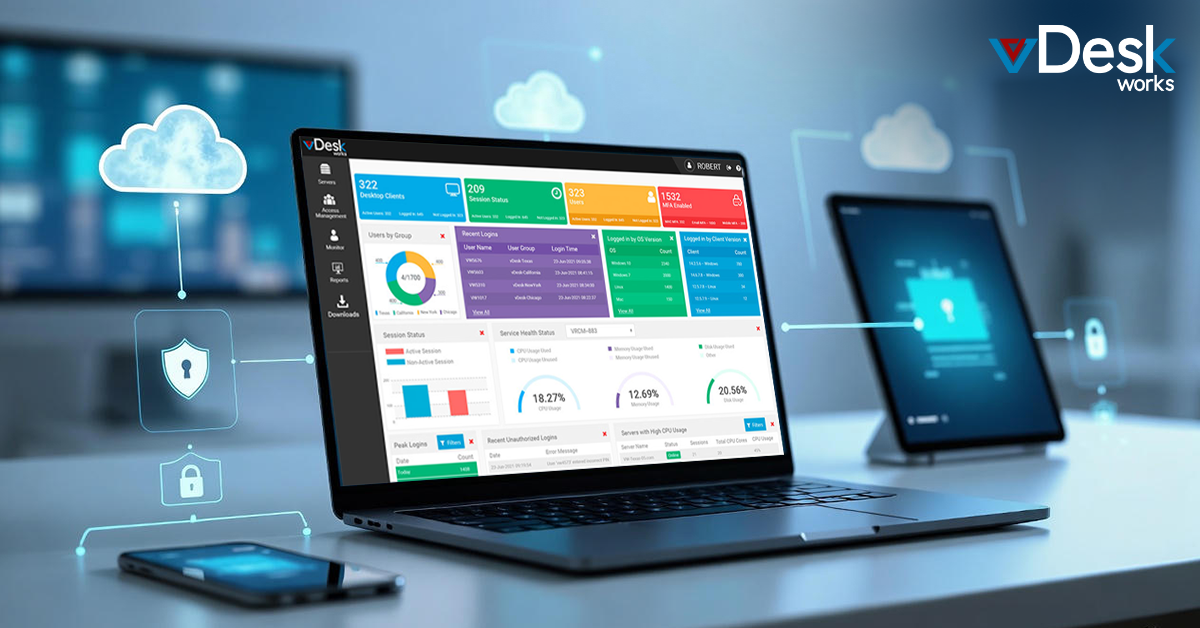Most organizations now have remote workers, multiple offices, and numerous computing tools and platforms. It looks like every technology magazine, and IT organization is relentlessly focused on cloud computing using a network of servers to support virtualized infrastructure or applications. Virtualization can give businesses the flexibility to respond quickly to needs, deploy new applications, or scale up according to needs. It can remarkably reduce expenses for hardware, maintenance. Cloud is better than on-premises and not just because of lower costs.
Why Cloud Computing Is Good for Business:
Greater flexibility, Faster deployments: With Cloud computing, you’ll be able to get applications up and running much sooner whether it may or may not have an impact on application performance.
Enormous savings in your data centre can be created with fewer servers, moving applications, infrastructure, or platforms to a cloud model.
Even though migration to cloud computing can bring enormous financial and operational rewards, complexity and challenge that requires careful planning to deploy cloud migration.
Benefits of Cloud Migration
Moving to a cloud can solve many problems; here are some typical scenarios that will benefit from cloud migration:
- Clients requiring fast application implementation and deployment and thus want to focus more on development while reducing infrastructure overhead.
- Cloud migration can increase the effectiveness of IT process while it’s a need to reduce operational costs.
- It has become more difficult and expensive to keep up with your growing storage needs.
- To establish a disaster recovery system, setting it up for an entire data centre could double your cost, which would also require an elaborate disaster recovery plan. DaaS disaster recovery as a service solution can be implemented much more quickly and give you much better control over your resources.
Top 5 Challenges of Cloud Computing that Your Organizations May Face
- Compliance Needs: Financial services, healthcare and others ensure data compliance is essential for business operations. Migrating to the cloud while businesses using cloud-based tools and services which are already compliant, establish removal of some of the burden of compliance from IT teams.
- Financial Cost: It seems like an expensive solution but with cloud migration businesses can save money through increased efficiency, lower admin costs.
- Lack of Resources: Lack of resources and expertise ranked just behind security and cost management among the top cloud implementation challenges in the survey. Most companies are hoping to overcome this challenge by hiring more workers with cloud computing certifications or skills.
- Migration: It may seem like a straightforward process when launching the new application to the cloud but migrating an existing application to the computing environment is far more complicated. Many organizations reported time-consuming troubleshooting, difficulty configuring security, slow data migration, trouble getting migration tools to work correctly, problem syncing data before cutover, and downtime during migration.
- Performance and Bandwidth Cost: Organizations can cut down on the cost and save money on acquiring systems, management, and maintenance. Its commonly not a problem with the smaller applications, but the price can get higher for the data-intensive applications. Deploying and receiving exhaustive and intricate data over the network needs sufficient bandwidth to hold off latency and application timeouts.
Cloud challenges and strategies will vary from one organization to another. These challenges are essential to give serious consideration, adopt the best possible technology, and stay ahead of the competition. Implementing cloud migration is a significant, complex initiative for any company. This initiative brings many unique challenges; those challenges are not insurmountable.
The solution is to identify risks and obstacles before creating the plan and to manage them with careful planning and evaluation.
Most organizations now have remote workers, multiple offices, and numerous computing tools and platforms. It looks like every technology magazine, and IT organization is relentlessly focused on cloud computing using a network of servers to support virtualized infrastructure or applications. Virtualization can give businesses the flexibility to respond quickly to needs, deploy new applications, or scale up according to needs. It can remarkably reduce expenses for hardware, maintenance. DaaS Cloud is better than on-premises and not just because of lower costs.


 Emma Carson
Emma Carson
















